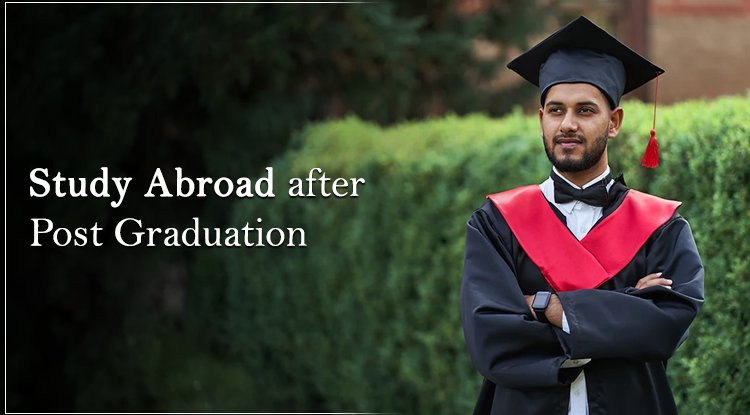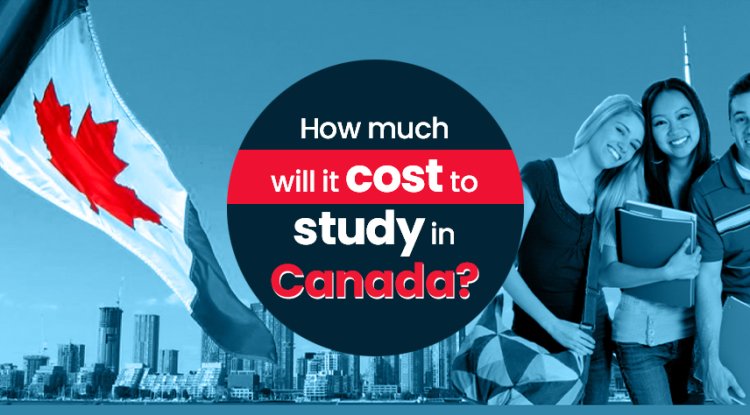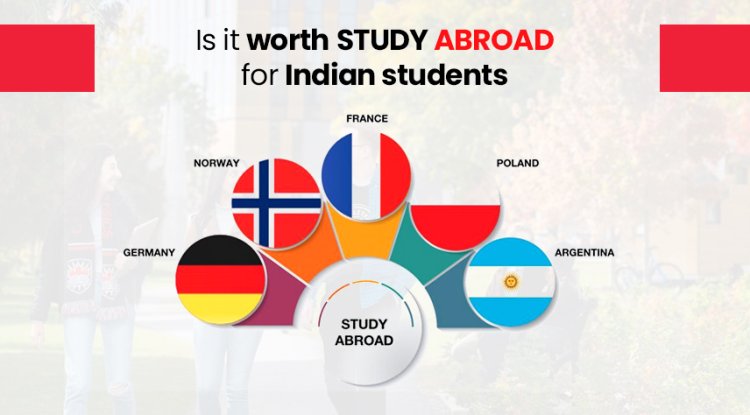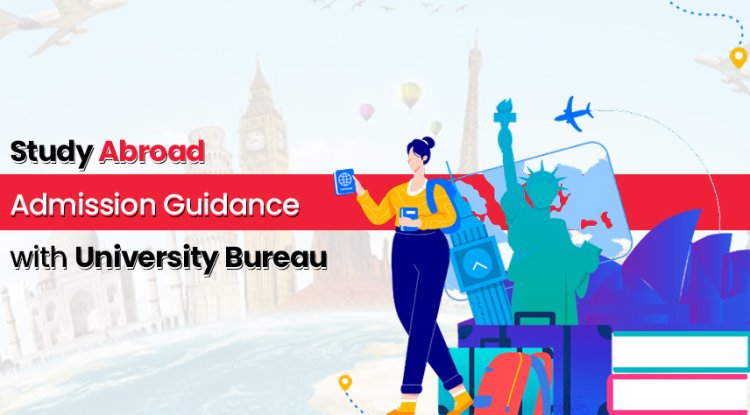Canada's Immigration Levels Plan for 2022–2024
Immigration Levels Plan for 2022-2024 was just released. Between 2022 and 2024, the Canadian government plans to welcome nearly 430,000 additional immigrants.
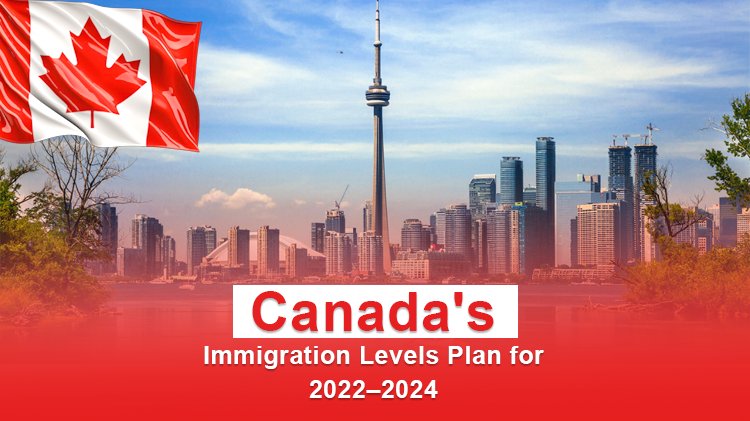
Canada's Immigration Levels Plan for 2022-2024 was just released. Between 2022 and 2024, the Canadian government plans to welcome nearly 430,000 additional immigrants.
The goal of Canadian immigration is to assist refugees, reunite families, and enhance the economy.
Let's take a closer look at the Immigration Levels Plan
IRCC (Immigration, Refugees and Citizenship Canada) publishes a new Immigration Levels Plan every year. Canada will aim for the following number of new immigrant landings between 2022 and 2024:
• Permanent residents in 2022: 431,645
• Permanent residents in 2023: 447,055
• Permanent residents in 2024: 451,000
Why Does Canada Need New Immigrants?
To develop its economy, Canada welcomes a large influx of immigrants. Canada has one of the oldest populations in the world, but it also has one of the lowest birth rates. This imbalance puts fiscal and economic pressure on the government. Canada has been raising immigration levels since the late 1980s, which has helped to boost the country's economy, population, and labor force. For most of its population and economic growth, Canada now relies on immigration.
The Implications for International Students
The new Immigration Levels Plan in Canada is fantastic news for overseas students seeking permanent residency in Canada. International students in Canada may be eligible for a work permit after graduation, i.e., a Post-Graduation Work Permit (PGWP). While PGWP holders can work in Canada for a limited time, this does not guarantee permanent residency. International students who want to stay in Canada permanently must apply for immigration. Express Entry is one option, while others may be eligible for the Provincial Nominee Program (PNP). Because of the high numbers specified under the Immigration Levels Plan, overseas students have a better chance of obtaining permanent residency through these numerous routes.
Immigrant Classifications
There are five types of immigrants:
- Economic, and it includes Federal Highly Skilled, Federal Economic Public Policies, Federal Business, Economic Pilots and Caregivers, the Atlantic Immigration Program, and the Provincial Nominee Program.
- The family includes parents and grandparents, spouses, partners, and children.
- Refugees and Protected Persons, including Protected Persons in Canada and Dependents Abroad, and Government-Assisted Refugees.
- Privately Sponsored Refugees, Resettled Refugees—Blended Visa Office-Referred Refugees.
- Humanitarian & Compassionate and Other.
Immigration Routes in the Provinces and Territories study in canada
We'll discuss province and territory's immigration options available in Canada.
Alberta (AB)
Individuals who can fill significant job shortages or plan to buy or start a business in Alberta are nominated for permanent residency through the Alberta Advantage Immigration Program (AAIP).
The following are the four primary streams:
- Alberta Opportunity Stream
- Alberta Express Entry Stream
- International Graduate Entrepreneur Immigration Stream
- Self-Employed Farmer Stream
British Columbia (BC)
The BC Provincial Nominee Program (BC PNP) allows experienced entrepreneurs or qualified foreign workers to become permanent residents of the province.
Newcomers to BC can apply for the PNP in one of three ways:
- Skills Immigration
- Express Entry BC
- Entrepreneur Immigration
Manitoba (MB)
The Manitoba Provincial Nominee Program (MPNP) assists educated newcomers with professional and entrepreneurial expertise. You can send your application via:
- Skilled Worker Stream
- International Education Stream (IES) for Manitoba Graduates
- Business Investor Stream
The pathways in this stream that are likely to qualify students for the IES category:
- Career Employment Pathway
- Graduate Internship Pathway
- International Student Entrepreneur Pilot
New Brunswick (NB)
New Brunswick has three distinct immigration programs:
- NBPNP Skilled Worker Stream
- NB Express Entry
- Atlantic Immigration Program
Newfoundland and Labrador (NL)
Newfoundland and Labrador's Provincial Nominee Program (NLPNP) aids talented newcomers by nominating them for permanent residency.
The NLPNP has six streams that are appropriate for different types of candidates, which are:
- Express Entry Skilled Worker
- Skilled Worker
- International Graduate
- International Entrepreneur
- International Graduate Entrepreneur
- Atlantic Immigration Program
Northwest Territories (NT)
The Northwest Territories Nomination Program (NTNP) helps students, businesses, and skilled employees to fill critical roles that cannot be filled locally.
It is divided into two streams:
- Employer-Driven Stream
- Business Stream
Nova Scotia (NS)
The Nova Scotia Provincial Nominee Program (NSNP) helps students, businesses, and skilled employees to fill critical positions in Nova Scotia. These are some of them:
- Labour Market Priorities
- Skilled Workers
- Express Entry
- Atlantic Immigration Program
Nunavut (NU)
There is no immigration nomination programme in Nunavut. Students who are interested in applying might do so through federal initiatives. There are two ways for newcomers to apply for federal programmes:
- Express Entry
- Family Sponsorship
Ontario (ON)
By proposing competent international workers for immigration, the Ontario Provincial Nominee Program (OINP) helps the province's economy.
These categories include:
- Employer Job Offer Category
- Master's Graduate and Ph.D. Graduate categories
- Human Capital Category
- Entrepreneur Stream
- Prince Edward Island (PEI)
Prince Edward Island (PEI)
The PEI Provincial Nominee Program (PNP) helps students, entrepreneurs, and skilled employees to speed up the immigration process.
It is divided into three streams:
- Immigrate to PEI as a Worker
- Immigrate to PEI as an Entrepreneur
- Atlantic Immigration Program
Quebec (QC)
Quebec's immigration initiatives help newcomers to speed up their immigration procedure while also addressing the province's job needs:
- Permanent Workers
- Businesspeople
- Temporary Workers
- Foreign Students
- Family Reunification
Saskatchewan (SK)
The Saskatchewan Immigrant Nominee Program (SINP) expedites the immigration process for students, entrepreneurs, and skilled employees who can help Saskatchewan's economy to fill critical gaps.
There are several programmes to choose from:
- International Skilled Worker
- Entrepreneur and Farm Categories
- Worker with Previous Saskatchewan Work Experience
Yukon (YT)
Through the Yukon Nominee Program, Yukon collaborates with the Canadian government to nominate foreign skilled professionals for accelerated permanent residency. Employers must post a job opportunity locally, and if it isn't filled, they may offer it to an eligible foreign national. Newcomers cannot enter the YNP without first receiving a job offer.
There are three YNP streams to choose from, which are:
- Skilled Worker Program
- Critical Impact Worker Program
- Yukon Express Entry
What's Your Reaction?

















